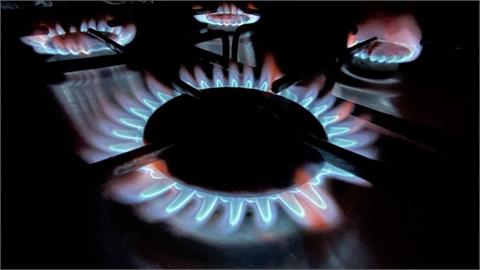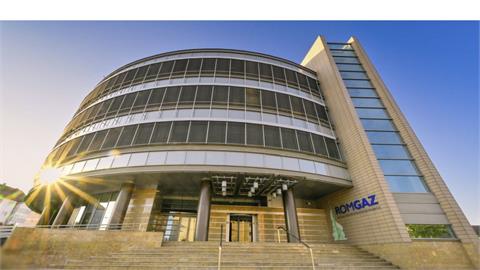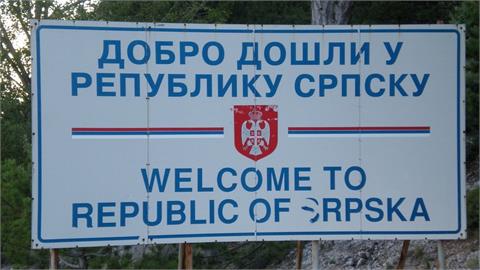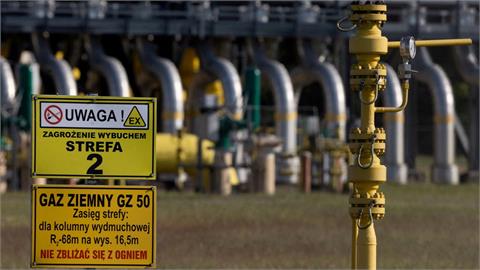A shortage of truck drivers has led to empty fuel pumps around the country, creating long lines at gas stations and panic buying.
Drivers in Britain have been rushing to gas stations to fill up, amid a fuel shortage that has lasted days. Long lines at gas stations and rising fuel prices are the latest challenges that the country faces as it emerges from the pandemic.
Here’s a look at what’s been happening.
Is this the 1970s all over again? Why is there a gas shortage?
Across London and other parts of Britain, gas stations (called “petrol stations” here) have run out of fuel.
The shortages have drawn comparisons to the global energy crises of the 1970s, when an OPEC oil embargo led to widespread shortages. But unlike then, the current shortage is not one of fuel but of trained drivers to deliver it.
Truck drivers tend to be older, and they are retiring. At the same time, driver trainees are facing delays in getting licensed because of the pandemic. Transport companies have reported raising wages for truck drivers by 25 percent or more this year to retain them.
The shortage has also caused problems for restaurants, which are struggling to obtain food, and grocery stores, which have been unable to replenish shelves.
Drivers, concerned about reports of empty gas stations, have also been panic buying fuel in recent days, which has exacerbated the shortages.
Brexit is a contributing factor, but not the only problem
Britain’s withdrawal from the European Union has made labor shortages worse, but it’s not the sole cause. The Road Haulage Association, a trade association of road transport operators, estimates that Britain is facing a shortfall of 100,000 drivers. About 20 percent of those are drivers who left Britain after it voted to leave the European Union.
(by Jenny Gross, nytimes.com, Sept. 28, 2021)



